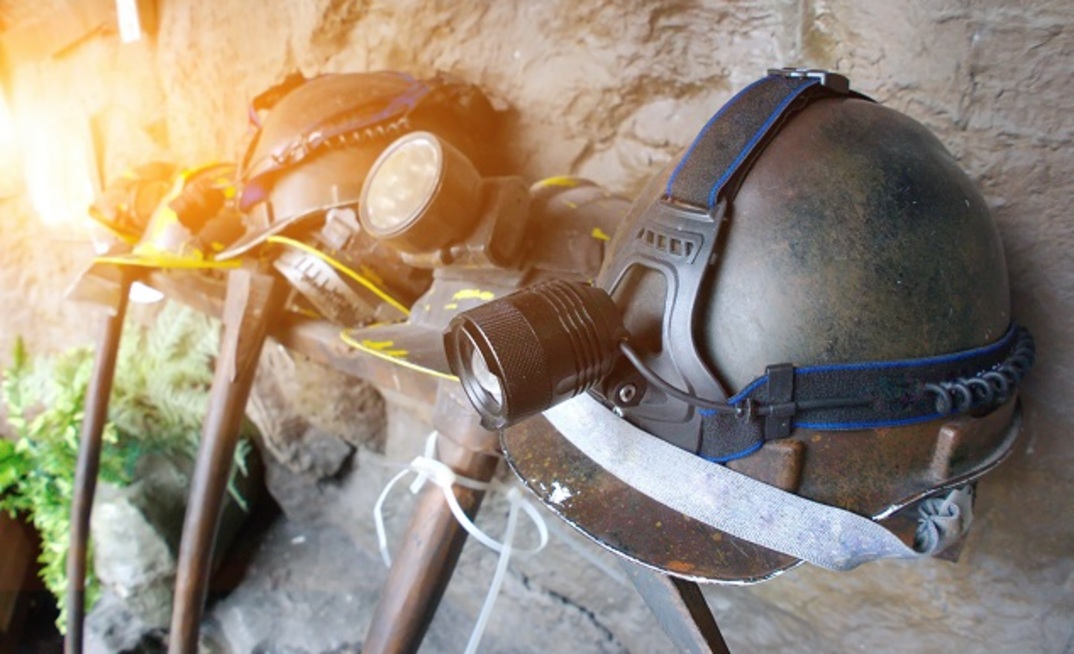Historically, safety in mining is an aspect that has been somewhat overlooked. Between 1873 and 1953 alone, there were 85,000 deaths in the mining industry, and as many as 1,800 in a single year.
It’s only in the last half a century that mining safety has improved considerably, and technology has certainly helped to pave the way.
Gas detection for example, is just one element of mine safety that has benefitted from modern technology; up until 1986, canaries were still being utilised as an early-warning signal for toxic gases, particularly carbon monoxide. They were phased out by the government in favour of electronic gas detectors, as they would be more effective at indicating the presence of pollutants in the air sooner, rather than later.
But while mining today is substantially safer than before, mines are still some of the world’s most dangerous, harsh, and hazardous working environments on a daily basis. As advancements in technology continue, however, how will mine safety change?
How will safety change?
While the current artificial intelligence (AI) based technologies are not sophisticated enough to support comprehensive mining operations, in the future, AI will be a key player in providing support with environment analysis, as well as structure and environment monitoring. Machine learning applications, for example, could be taught to assess mine environments and fragmentation or structural damage under any conditions by applying it to ground penetrating radar technology and therefore making data-driven assessments.
Robotic devices on the other hand, empowered by advanced AI programs, would be able to perform a range of tasks that would normally require a human operator, conducting them in the most efficient and safe manner.
Activities such as drilling, loading, hauling, bolting, monitoring, assessment, rescue and much more, could all be done by robots in the future. These multipurpose devices would then reduce the burden on human operators, instead allowing them to focus their energies into managing the operation.
Furthermore, data – particularly big data – will become more prevalent in the mines of the future to drive real-time data analysis. We already have the systems available to conduct mine-wide analysis, but more of that data will be incorporated into operations, executed via AI to manage multiple streams of information at any one time, ensuring maximum efficiency across the mine.
Challenges in using technology
Even with these new technologies driving efficiency in the future, the real question is: can these modern devices survive in harsh and hazardous mining environments?
It’s pointless having state-of-the-art technology if it falters under the slightest exposure to harsh conditions of the mining industry. With this considered, the technology of the future will need to be incredibly resilient to ensure it can support human operators in mining activity.
Another problem that needs to be considered and overcome is connectivity. As more and more operators start to use a combination of wireless and wired devices within the mine to communicate both locally and mine-wide, ensuring 100% uptime and connectivity to the mine’s online network is key.
The technology of the future will need to distribute a strong, uninterruptable signal so that contact is maintained regardless of where the operator is.
Helping operators on the ground
Currently, operators have a number of modern technologies available to them on the ground, helping them to manage harsh and hazardous mining conditions, including (but not limited to):
- Gas detection solutions: Mine operators have access to an array of wearable, portable and compact gas detection solutions, all of which are capable of monitoring a number of gases in real-time. Trolex’s GasHawk, for example, can monitor up to six gases simultaneously, with up to seven days battery life. There are also fixed gas detection solutions which are completely modular, real-time and feature pre-calibrated gas detection modules to cover a full range of gases.
- Dust detection solutions: Respirable dust kills over 4,000 people in the UK every year, and while existing PPE equipment is the obvious and sensible approach, the equipment can influence performance and many would prefer not to wear a mask if possible. Today, however, operators have real-time dust measurement and detection systems. These systems are highly accurate, capable of delivering real-time information on dust levels in hazardous working environments. These solutions can operate independently as warning devices, or as part of a dust suppression on-demand system, providing comprehensive dust identification for operators.
- Personnel tracking and mine analytics: Operators can be tracked across the mine and maintain communications in the event of a network failure with personnel tracking and communication devices. Furthermore, through control and display solutions, that provide real-time environment monitoring, the health of the mine can be readily assessed and operators on the ground informed of any changes within the environment.
Glyn Pierce-Jones is managing director at the Trolex Group
























